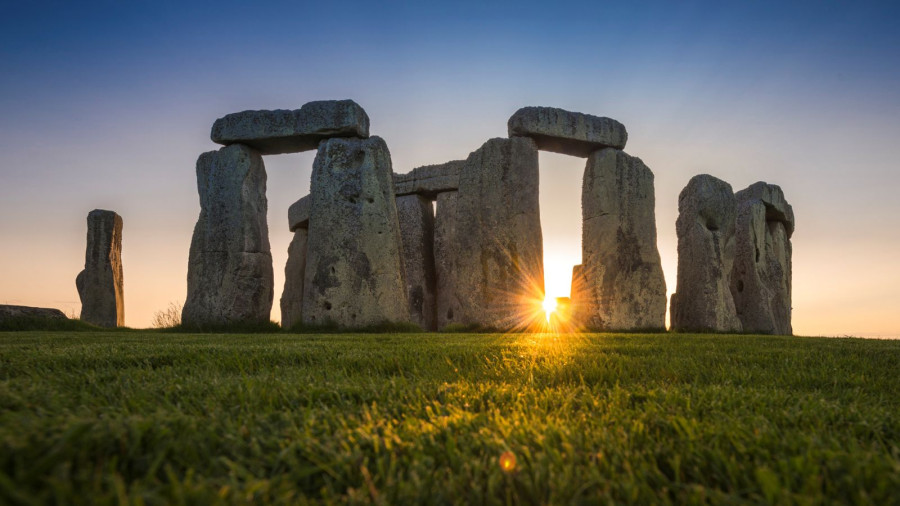Uncovering Art History
The Fascination of Prehistoric Art
18 Apr 2025

Prehistoric megalithic architecture is one of the most impressive achievements of prehistoric man, having a monumental and very mysterious character.
What does "megalithic" mean?
It comes from the Greek words: mega (large) and lithos (stone), meaning "large stone". The term refers to constructions made of huge blocks of stone, without the use of mortar.
Megalithic structures have been discovered in Western Europe (Great Britain, France, Spain, Ireland), the Mediterranean (Malta, Sardinia) and in other regions such as Scandinavia, the Middle East and Asia.
They appeared in the Neolithic and continued into the Bronze Age, approximately from 5000 BC - 1500 BC, depending on the region.
Types of megalithic structures
Menhirs are vertical pillars, isolated or in groups, whose possible roles were territorial markers, religious symbols or astronomical alignments.
Example: Carnac alignments (France).
Dolmens are structures made up of two or more vertical stones, with a horizontal slab on top, often used as collective tombs (burial chambers).
Cromlechs are circles of raised stones (menhirs), associated with religious or astronomical rituals, the most famous being Stonehenge (in England).
Tumuli are mounds of earth or stone that cover graves, sometimes combined with dolmens inside.
Their role and significance:
• Funerary: collective or individual graves,
• Religious: sacred places for rituals,
• Astronomical: aligned with the movements of the Sun and Moon,
• Social: symbols of power and cooperation in the community,
• Symbols of power and social organization – evidence of collaboration between large groups of people.
Where did they appear?
• Widespread in Europe and other regions:
o England – Stonehenge
o France – Carnac
o Ireland, Spain, Malta
o Possibly also in some regions of Romania
These constructions demonstrate that prehistoric people had:
o advanced social organization
o religious beliefs
o knowledge of astronomy
o ingenious construction techniques
Case Study: Stonehenge – The Mysterious Monument of the Prehistoric Era
Stonehenge is made up of stones weighing up to 50 tons, brought from tens of kilometers away. Located in the south of England, near the city of Salisbury, the complex was built on an open plain, with great visibility to the sky.
It seems to have been built in several stages, between 3000 and 1500 BC. It took hundreds of years to reach its final form.
What does it look like?
It is made up of concentric circles of huge stones (megaliths): Sarsen stones – large blocks, up to 50 tons, and Bluestones – smaller stones, brought from over 200 km. Some stones form “U”-shaped structures or gates (trilithons).
How were the stones brought and installed?
It is assumed that they were transported with tree trunks, rafts and ropes. The lifting of the stones would have been done with earthen ramps and levers. It is evidence of organization and cooperation in prehistoric society.
What was Stonehenge used for?
As an astronomical observatory: The stones are aligned with the summer solstice (the longest day). The sun rises exactly over a special stone – the Heel Stone.
As a sacred place or temple: Probably used for religious rituals, especially related to the Sun, Moon and seasons.
As a burial space: Tombs and traces of cremation have been discovered nearby.
Curiosities
The ensemble is on the UNESCO World Heritage List, it has inspired numerous legends, including connections to the Druids or King Arthur. Although it is over 4000 years old, it continues to be a mystery.
Just try to imagine dozens of prehistoric people pulling giant stones with ropes, building a "cathedral of the sky" that marked the most important moments of the year.
* * *
Story - Cosmina Marcela Oltean (PPG gallery curator & art writer)
Photo - Sky News
All news